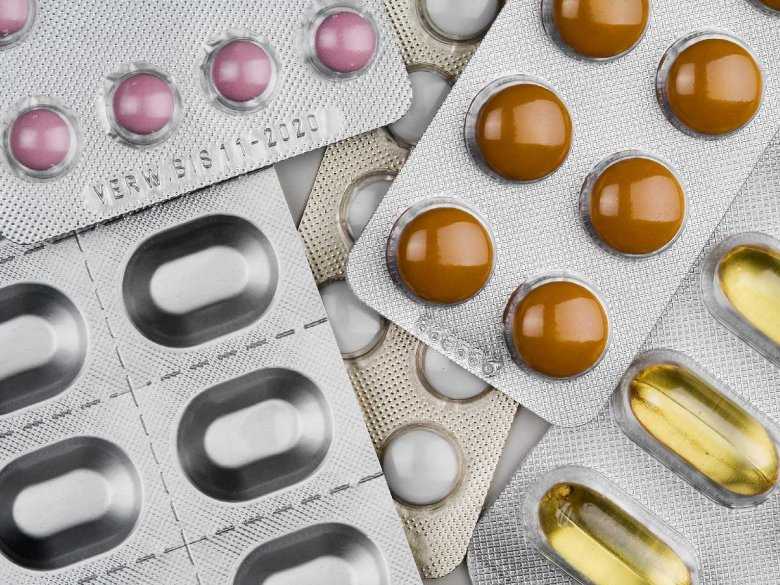 What is the intrinsic activity and affinity of drugs
What is the intrinsic activity and affinity of drugs
Internal activity and affinity of drugs
Intrinsic activity and affinity are two concepts related to drugs, which cannot be confused. First, internal activity from Latin is called intrisnic activity – alfa. This is a measure of the maximum effect, what the drug may have. In turn, the affinity, which is affinity English, this is the ability of a drug to bind to a receptor. This concentration of the drug, at which half of the receptors will be saturated with this affinity. This is, of course, inversely proportional to the dissociation constant. The higher the affinity of the drug for the receptor, this, of course, is the lower concentration. High drug affinity means, that it binds very easily to the receptor, but hence – it is also difficult to dissociate.
This is what an agonist is like – it has high affinity and intrinsic activity, that is, alpha is greater than or equal to 1. We may be dealing with a partial agonist, when it will have high affinity, but indirect internal activity. Alpha will then be from 0,2 do 0,8. The antagonist will have high affinity, but no internal activity. You can also talk about the effectiveness of the drug (in English, it is the term efficiency). It is the ability to produce a specific effect after a drug binds to a receptor. A full agonist always has maximum effectiveness! Such concepts in pharmacology are extremely important and are fundamental concepts.